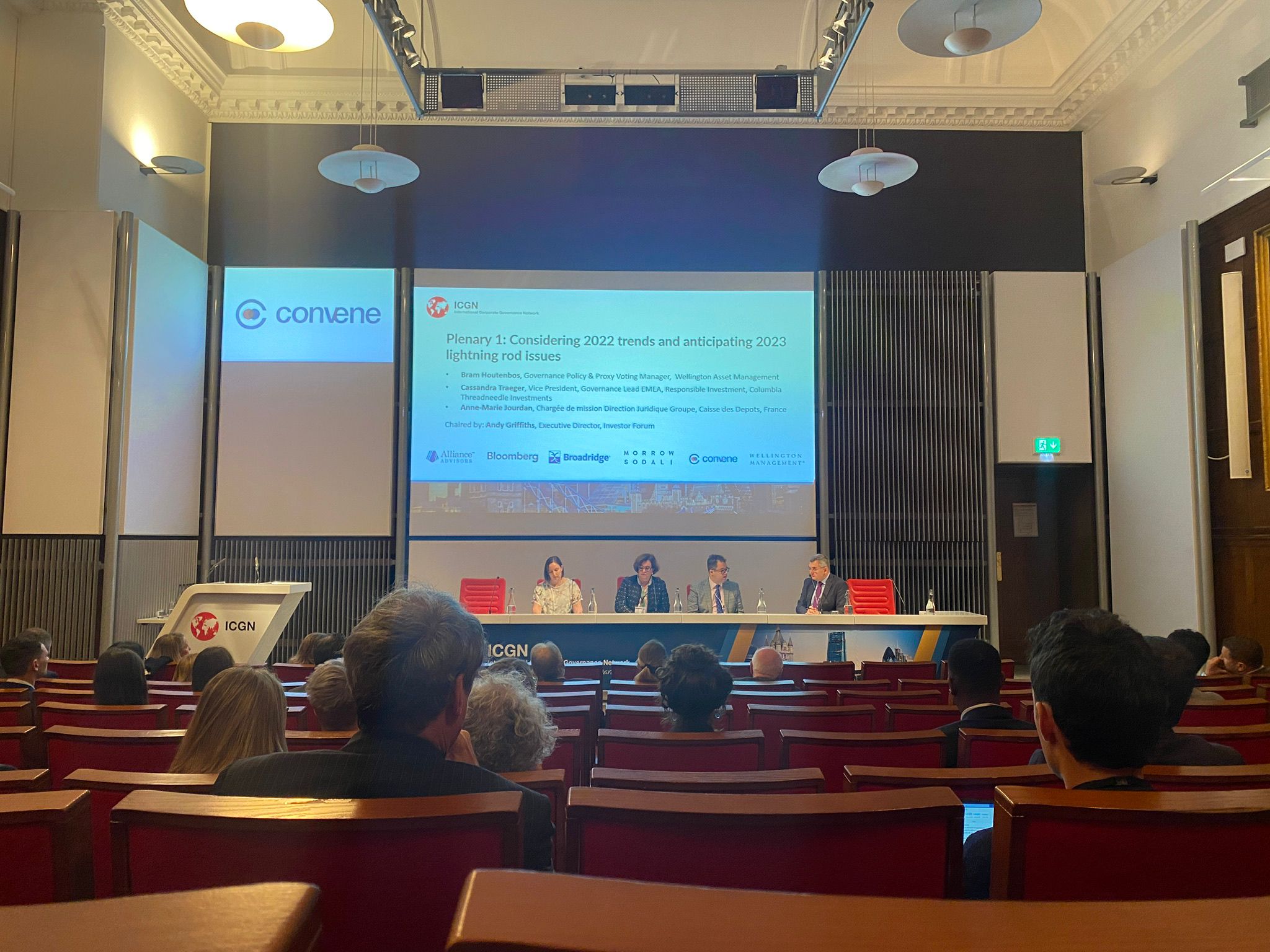Transfer price, also known as transfer cost, occurs when related entities transact and exchange profits. This may be between divisions of one company or between a company and its subsidiaries.
When the transfer price differs from market value, one entity will benefit while the other loses profits. Corporations can use this for tax advantages. This works by moving profits into regions with lower taxes. In their dream world, an entity might buy a safety pin for £1000 from an entity based in a tax haven. The entity based in the tax haven would then report higher profits but pay less tax.
In reality, transfer pricing is more complex. There is much regulation in place to minimise the impact of such transactions – including the requirement that deals must be based on similar transactions by unrelated parties. This means the transfer price is typically at or below market value. Yet multinationals still use tax planning to make the most of their profits.
Why Do Companies Use Transfer Pricing?
Companies often want to make transactions between separate entities such as subsidiaries. This interaction is an essential part of the global economy. It is a fact that these entities can be based in separate places and have separate financial reporting and tax requirements. This can be used by multinationals to their advantage.
The transfer price is used to determine the cost of these interactions. It is usually similar to the market value – as if it was significantly different, one entity would be at a significant disadvantage.
Transfer pricing is heavily regulated to ensure dealings are fair and transparent. It must be based upon similar transactions between unrelated parties. It requires considerable, strict documentation which is heavily reviewed. If it is not documented correctly, it can result in further fees for the company. This is overseen by the OECD and regional auditing firms.
Transfer pricing will usually mean savings for the buying company as they are rarely above market value. It also minimises the risks of supply chain issues as companies know where their resources are coming from.
What Are The Disadvantages of Transfer Pricing?
The main drawbacks of transfer pricing comes from the fact that one entity is typically at a disadvantage. As the entities are trading at or below market value, they will not necessarily make the same profit they would in traditional transactions.
Consequently, it may create tension between the buying and selling entities. Unlike standard transactions (based on supply and demand), it is also a complicated process that is subject to various factors.
What Makes Transfer Pricing Successful?
Above all, successful transfer pricing is built on communication. When everyone in each entity understands their relationship, they can move forward effectively. This is good for the two separate departments, or the subsidiary and parent company.
A Board Portal like Convene can improve collaboration within your company and make intracompany transactions simpler. Whatever industry you work in, our all-in-one meeting management software is designed to improve your organisation’s governance framework.
Convene is now also available fully integrated with Microsoft Teams, meaning your whole organisation can benefit from efficient meeting processes.
From creating an agenda to establishing a strong admin trail, every step of the process should be as smooth as possible. Our comprehensive features include:
- A Document Library with role-based access to ensure your sensitive documents are protected.
- A built-in Audit Trail, so you can be sure you are compliant with all regulations.
- Surveys, with the option for anonymity, so you can be sure you are aware of your employees' opinions.
- Accessibility Features, including text-to-voice, which makes us the leading accessible Board Portal.
- Fully GDPR-compliant security, including AES 256-bit encryption and ISO 27001 accreditation.
To find out more about how Convene can help your organisation, read our customer success stories or book a demo.








